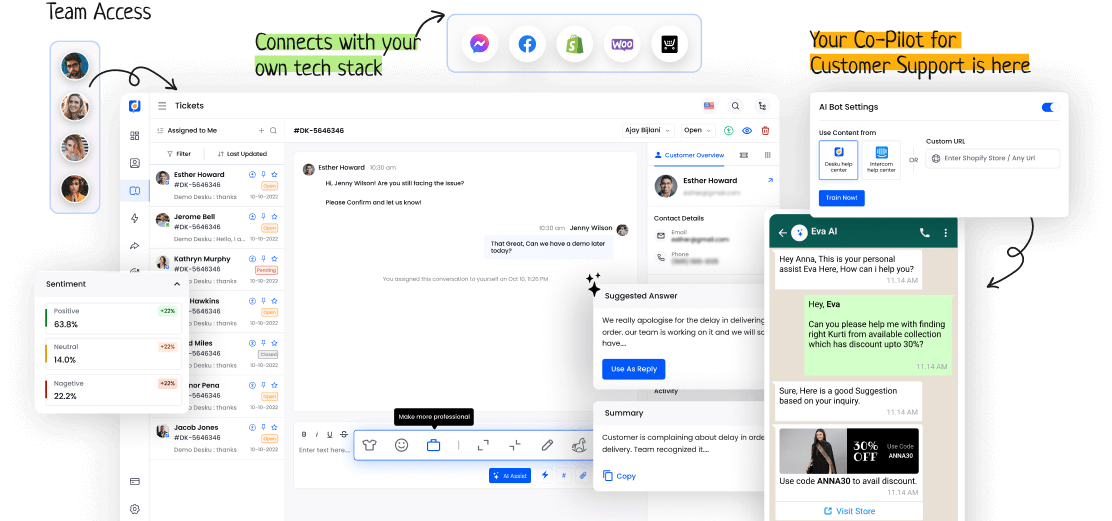Contextual Help boosts user experiences. It provides timely, relevant support in specific contexts. It tailors help to immediate user needs. This can increase productivity and happiness.
But how does contextual help adjust to varied situations and interfaces? Let’s probe this user-focused method. Let’s see its effect on usability and engagement.
I. Definition of Contextual Help
Contextual Help is aid given to users during a task or activity. It offers information or guidance based on the user’s current needs. This help comes exactly when and where it’s needed.
Tooltips in software or step-by-step tutorials are examples. It enhances user experience and raises productivity.
II. Importance and Benefits of Contextual Help
Recognizing the value of adding contextual help to user interfaces can significantly boost user involvement and satisfaction. Offering customized support leads to a better user experience and higher user retention.
This specific help increases the software’s ease-of-use, aiding users in handling complex features. Contextual help promotes a good user experience, benefiting both users and software developers.
III. Implementing Contextual Help in User Interfaces
After adding in tooltips that interact and walkthroughs that guide, user interfaces can smoothly weave in help that’s contextual, enhancing user comprehension and the swiftness of navigation.
- Engagement from users gets a lift via help tailored to them.
- Tutorials that engage users offer learning by doing.
- Clear instructions aid users in moving through interfaces of complexity with simplicity.









